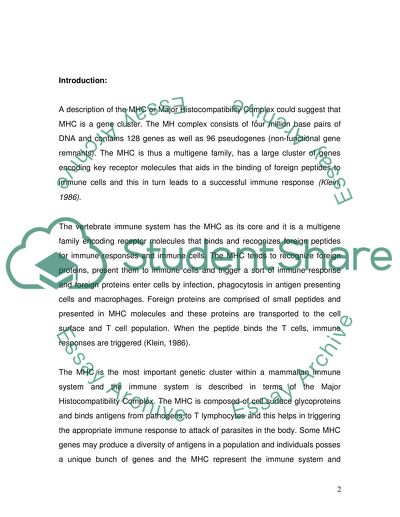Cite this document
(“Major Histocompatibility Complex Essay Example | Topics and Well Written Essays - 4000 words”, n.d.)
Major Histocompatibility Complex Essay Example | Topics and Well Written Essays - 4000 words. Retrieved from https://studentshare.org/science/1533144-major-histocompatibility-complex
Major Histocompatibility Complex Essay Example | Topics and Well Written Essays - 4000 words. Retrieved from https://studentshare.org/science/1533144-major-histocompatibility-complex
(Major Histocompatibility Complex Essay Example | Topics and Well Written Essays - 4000 Words)
Major Histocompatibility Complex Essay Example | Topics and Well Written Essays - 4000 Words. https://studentshare.org/science/1533144-major-histocompatibility-complex.
Major Histocompatibility Complex Essay Example | Topics and Well Written Essays - 4000 Words. https://studentshare.org/science/1533144-major-histocompatibility-complex.
“Major Histocompatibility Complex Essay Example | Topics and Well Written Essays - 4000 Words”, n.d. https://studentshare.org/science/1533144-major-histocompatibility-complex.


